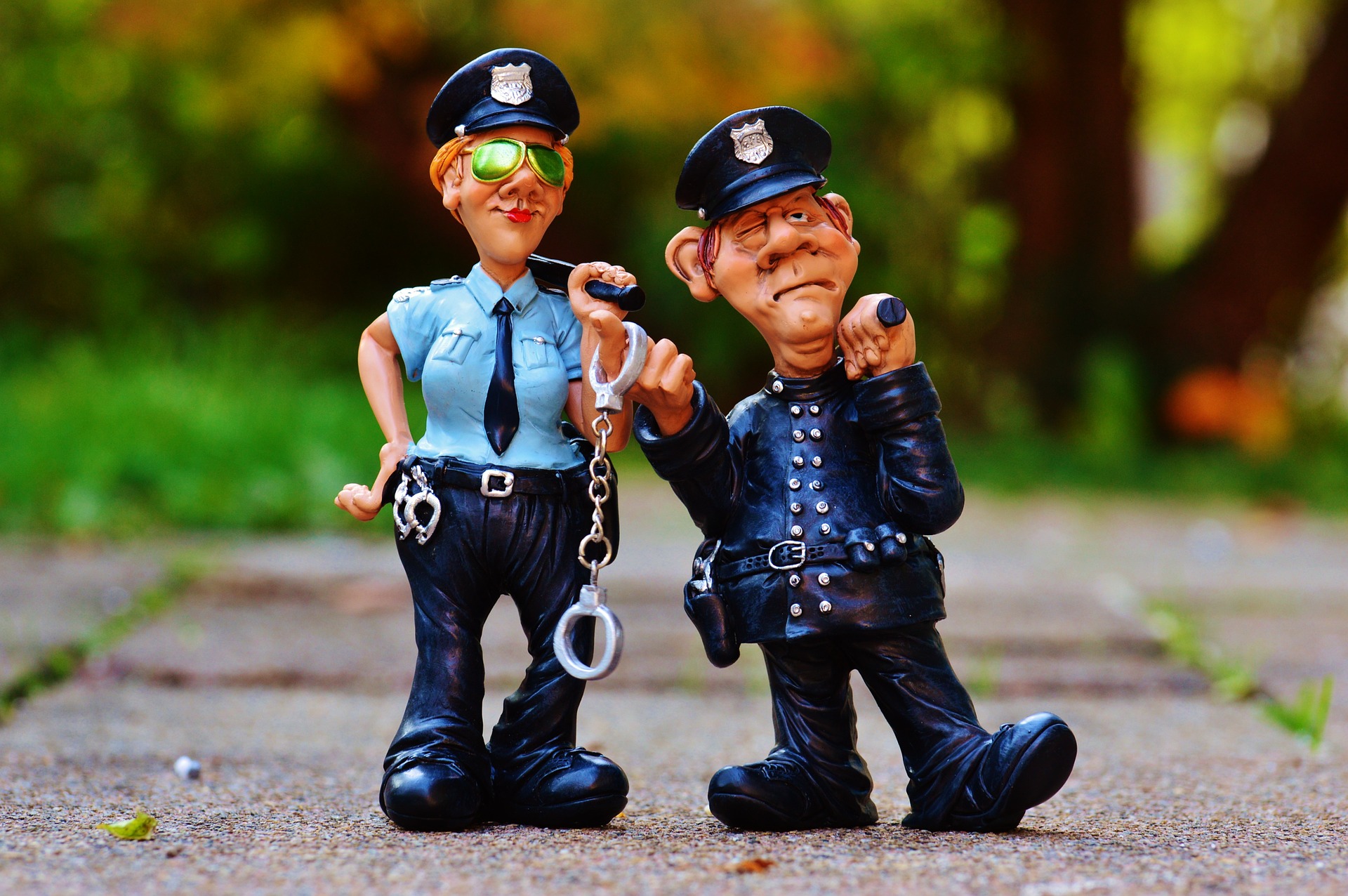Museum of Russian Police History.

The first modern Russian police force actually appeared in Russia under the rule of Peter the Great. He granted the полиция (Russian for ‘police’) its initial “coat of arms”, which is still a part of their logo to this day. The different eras in which this state organization has been active have each seen a change in how it operates. In the 20th century, he had already established a solid order-keeping mechanism at the beginning of the century.
For the police, it’s all about the evolution. Each ruler and era has made small adjustments to the system, so you should too.
Not surprising to learn that there are museums dedicated to the police force in the Russian Federation.
The museum offers a look at the history of the Russian police from 16th century to present day. You can find out about how the Russian police were established, starting in 1715, when Peter I set up a system of policing.
This article is about the really old idea that has made a comeback in recent years and the use of it for the bottom barrel, yet valuable insight. The “translation” this medal offers and how not ironic it actually is. Made from pure iron and powerful tool at the same time – this “reward”. The chain weight of 6.8kg (without chain) with a long-term effect of at least 1 week had discouraged the owner of addiction for a long time
The museum has recreated an original, authentic 19th-century office. This includes displays of rare artifacts that were common in the time, such as an original armchair and a telephone.
There’s no shortage of historical information at the museum. One can learn about the evolution of police uniforms throughout time, as well as experience what a day in the life is like for officers.
16th century
In Moscow, during the days of the Stalinist regime, some of the most well-known security mechanisms were installed. They were called slingshots and guards were positioned inside them. The city was divided into several different sectors which would only open one at a time in the day. It was forbidden to be on the streets at night. John Vasilievich approved the trips around the capital in order to maintain order. Cases to search for criminals in those years were led by labial elders. Until that moment, lip letters were issued at people’s request. Documents like these made it possible for people to conduct illicit relationships without getting caught. The police were in charge of cases like this at first. Sometimes the boyars would be in-charge of them too, but it didn’t really work because they’re not professionals or anything.
17th century
The Zemsky Administration was set up to ensure public safety. There were detachments that monitored fires, as well as those who carried out inspections. They had spears, axes and water pipes in case of fire. The employees wore red and green attire.
18 century.
Peter established the Main Police where there were initially 4 officers, 36 lower ranks and 4 mounted guards. This body supervised the city and often carried out tasks like paving streets and building drains. In 1718, Devier became the chief of police. He began to command one regiment and the office of the chief of police. Thanks to him, St. Petersburg got lanterns and benches that year. The fire department was also set up in 1722; he worked as an inspector general at this time. He oversaw Russia’s public order and under Anna Ioannovna, the police became a judicial authority. She often took an active role in appointing punishments for criminal cases.
19th century.
So far, the functions of the top law enforcement official have been performed by zemstvo police officers, chosen by nobles. Governors have been abolished. There are police departments. This is the first time in Russian history that special units for solving. Here in 1866, the detective police was introduced. Later on, the same structure began to be applied in Moscow and other cities. A Criminal Investigation Service was also established in those places.
20th century.
Russia has played a huge role in the history of law enforcement and different countries have taken notice. In 1903 the use of police guards increased greatly thanks to the reforms enacted by Stolypin. A few years later, during Stolypin’s term as Chairman of the Council of Ministers, chief detective schools were established which proved popular among law enforcement agents worldwide. Even Switzerland acknowledged Russia. However, the February Revolution thundered, and the Police Department was abolished. This procedure was one of the main tasks proclaimed by V.I. Lenin. Instead, a people’s militia was introduced in addition to a worker’s militia. These structures weren’t under the control of a political force. Sometimes they were, but not always. The workers’ militia was similar to the city militia in that sense.
What can you see in the Russian Police Museum?
1. Shackles and cuffs, from revolutionary times
2. An interesting “medal” “For drunkenness” – a kind of “collar” for alcoholics who didn’t know how to restrain themselves, who got drunk up to the point of a chasuble, that is, falling to the hem of a priest’s robe. To take out a drunkard, it would take two strong people to take them under the arms, which is where the expression “figuring out for three” comes from – this was introduced by Peter I in order to try and control drunkenness. This manacle is made of cast iron and weighs quite a lot, it must’ve been tough to wear. It was fastened in such a way that it was impossible to remove it.
3. Badges of employees of the criminal investigation department in Moscow and Saint Petersburg.
4. An antique cash register is an attractive centrepiece for your store and can make a good investment.
5. A unique exhibit: a hand-woven carpet woven by craftswomen from Tajikistan with portraits of participants in the meeting of the Council of Ministers of the Interior of the CIS.
6. One may ask, why do we need images of people’s ears when fingerprinting is so commonplace? Well, there is a good reason for this. The unique structure of an ear makes it a reliable source of information because no two are alike and compared to fingerprints on other parts of the body, they tend to stay in pristine condition. The police found no evidence of the crime. However, there was an imprint of somebody’s ear on the front door as if someone had been listening outside. When the alleged criminal was caught, this fingerprint was compared with the drawing of his ear. This was enough to confirm his guilt because it matched a complete set of suspects of four.
Currently, the police is part of the Ministry of Internal Affairs. The tasks of the Ministry of Internal Affairs are outlined in the Constitution, Federal Law ‘On The Police’, and the Regulations On Service In The Internal Affairs Bodies. Other decrees also regulate their activities.
Despite the fact that it was renamed and reorganized many times during its existence, the essence of this institution has not changed. To date, employees are congratulated on Police Day on November 10th. This is the main holiday for them. It’s worth remembering that not all wreaths are for Christmas. There are also wreaths laid at the monuments of servicemen who died in the line of duty, as well as festive concerts and performances put on by schools.
